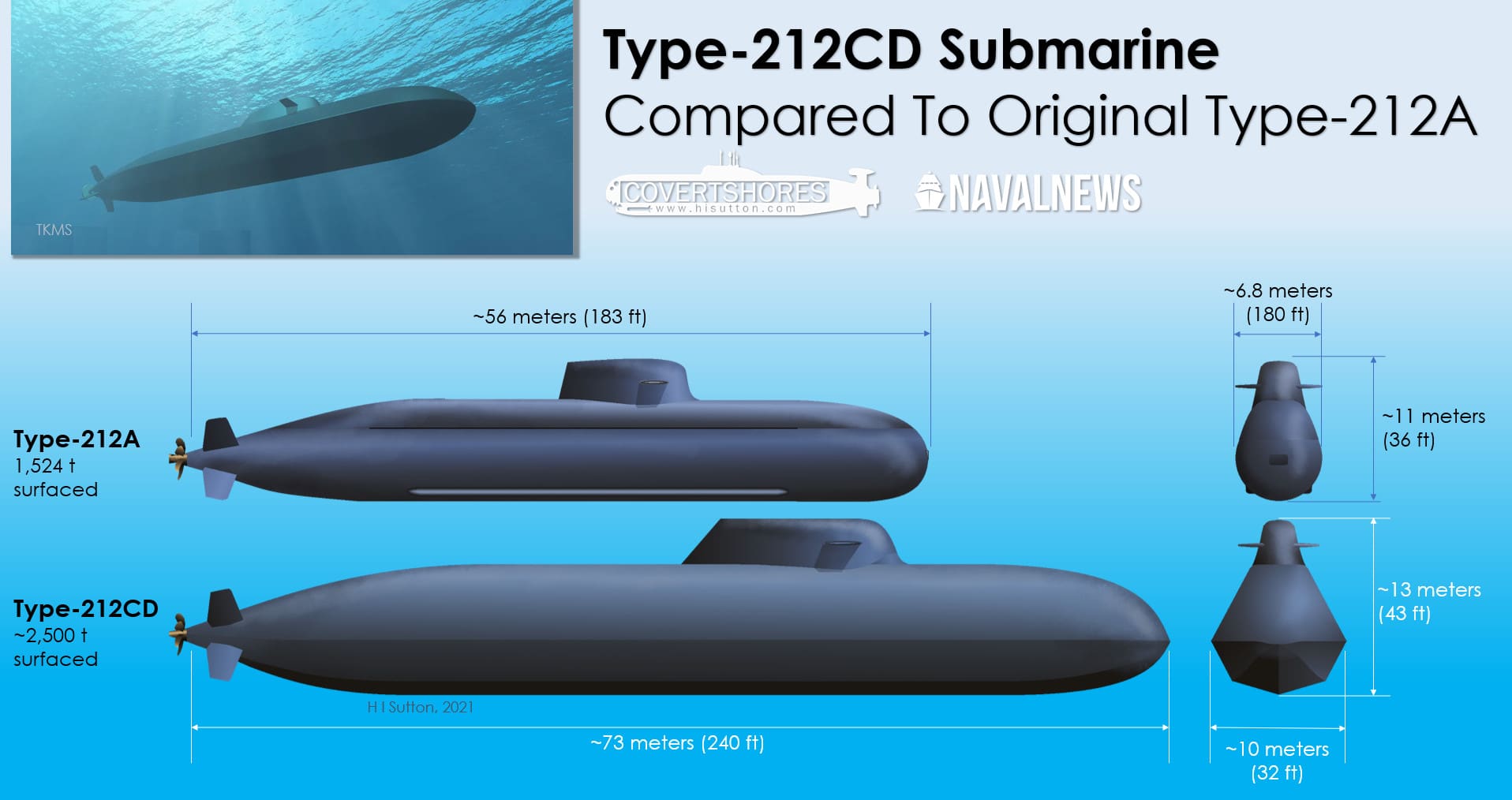Only submarine PWR projects being pursued are B1 and B2.
View attachment 113376
If there's a 3rd model, it has never been heard of or mentioned in any official document AFAIK. If it does exist, chances are it could be a somewhat enhanced version of B1 - with output pushed to approx 100MWt and maybe fuel also enriched to a slightly higher grade (45% overall compared to 40% overall).
But its unclear how much further the VM-4 base design can be pushed within safe limits. There's a reason why Soviets never pushed it past 90MWt and whenever the VM series was used on attack subs, it was always in pairs and never single.
- If we choose speed over stealth (Soviet thought process), only the B2 makes sense. Alternative would be designing a complex with 2 x B1 PWRs, which could take lot of time, might as well spend that time going with single B2 instead - especially if we already have OK650 design on hand.
- If we choose stealth over speed (Western thought process), either out of doctrine or compulsion (like B2 can't be ready in time and we need SSNs ASAP or something like that), then a B1 may be sufficient.
But if we choose B1 and half-a$$ the stealth aspect (no pumpjet, no NEP, no advanced forging of outer hull etc.), then in the next decade, we could be in SERIOUS trouble.
Note that this doesn't mean Russian subs aren't silent or Western subs can't run fast. It is however, a general tendency of submarine design. RUS realized early on that Western sonar had the advantage and that they used to keep eyes on Soviet subs 24x7 while Soviets were lucky if they managed to find a US boat once. So they learnt to play the hand they were dealt, prioritizing fast movements. While NATO built on the advantage they had, they would do anything to not get caught in first place.
Simply put - Russian boats: faster than they are quieter. Western boats: Quieter than they are faster.
If we choose B1 for SSN, our doctrine may be forced to go a hybrid way. Adopting the Western doctrine of stealth over speed, but with a Russian-style double-hulled boat and Russian-style reactor design.






